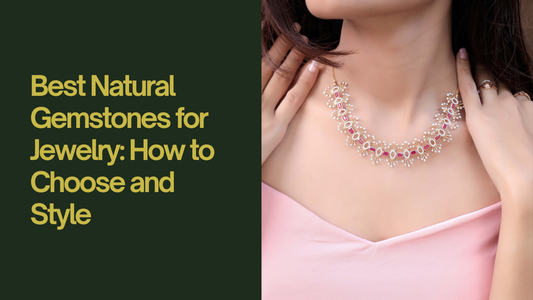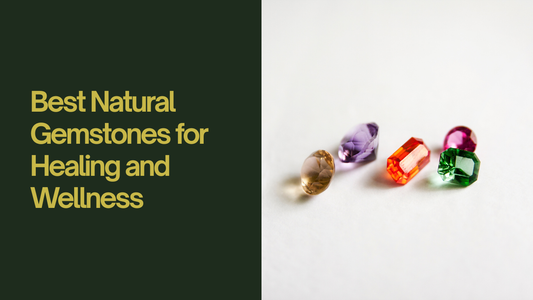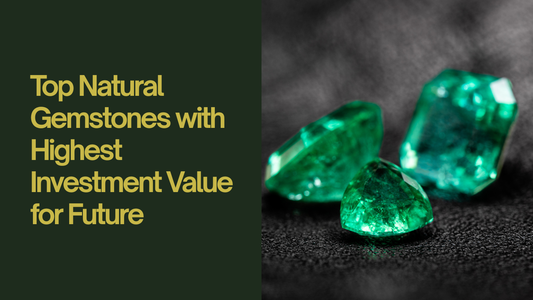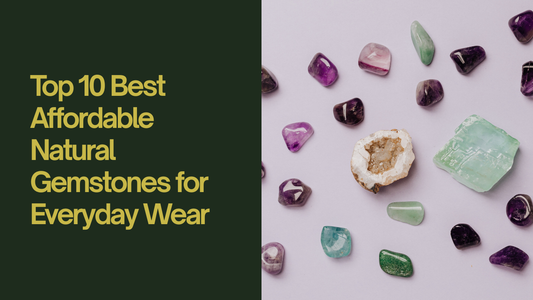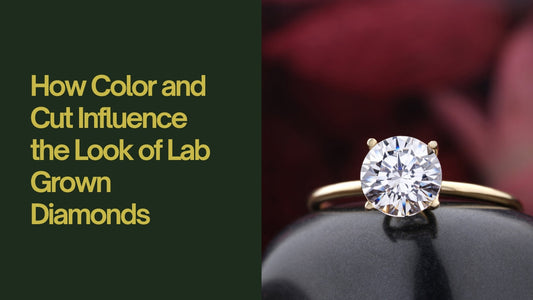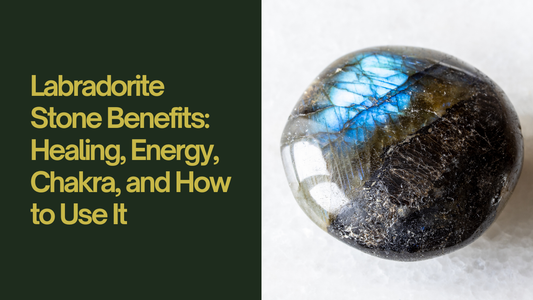
How to Spot a Real Peridot: A Guide for Buyers
Peridot stone is a beautiful green gemstone that many people love. But there is a problem: some sellers try to sell fake peridot. If you want to buy a real peridot, you need to know how to check if it is real or fake. This guide will help you understand everything in simple words.
What is Peridot?
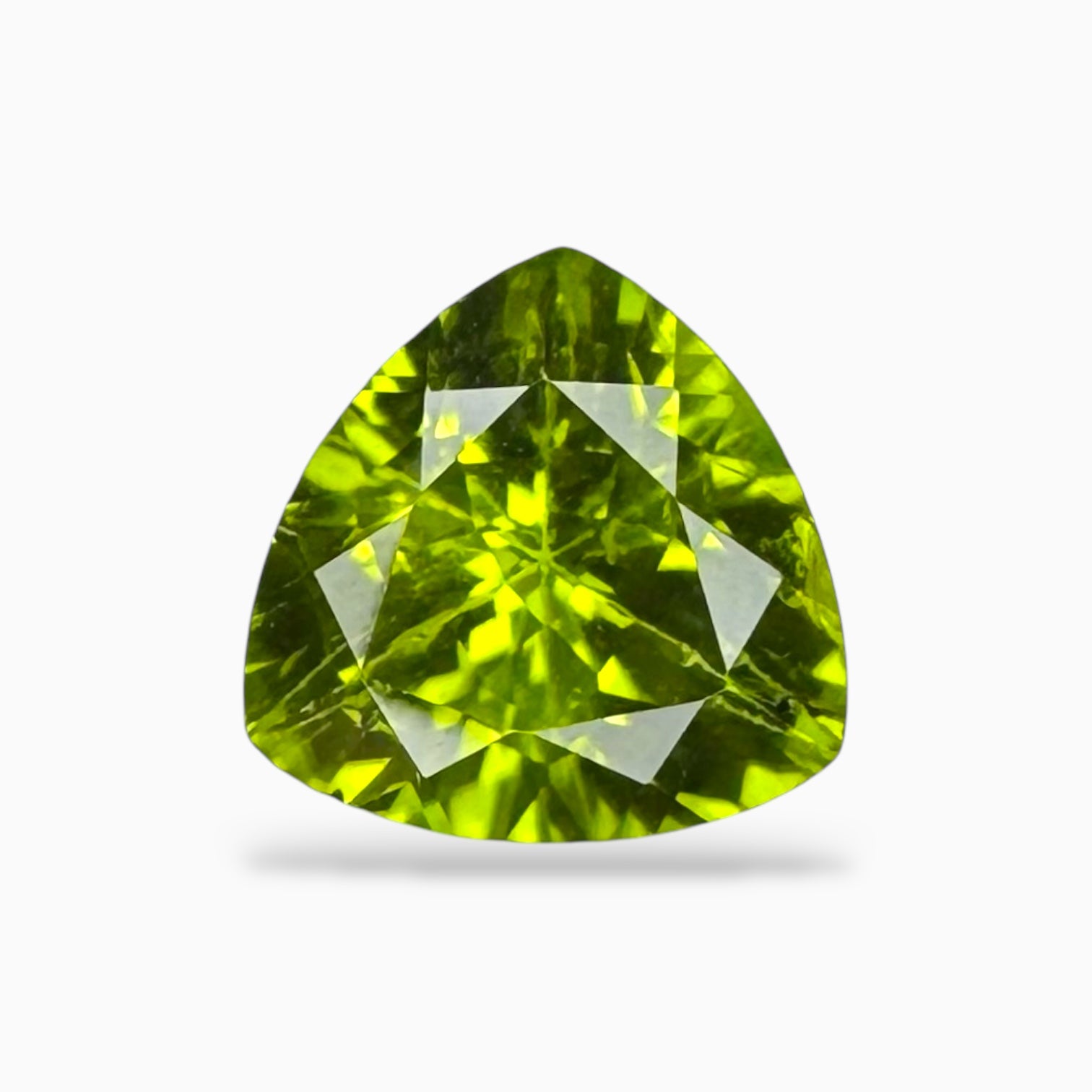
Peridot is a green gemstone that comes from deep inside the Earth. It is made from a mineral called olivine. People have loved peridot for many years because of its bright green color. Some people also believe it brings good luck and happiness.
Why Do Fake Peridots Exist?
Real peridot is valuable, so some sellers try to trick people with fake ones. They may sell glass or other green stones and say it is peridot. This is why you must be careful when buying peridot.
Ways to Identify a Real Peridot
Here are some simple ways to check if your peridot is real or fake:
1. Check the Color
- Real peridot has a bright green color with a yellow or golden glow.\
- If the stone looks too dark or too light, it may not be real.
- Fake peridots can be too green, like a bottle.
2. Look at the Clarity
- Real peridot may have tiny natural marks inside, but they are not very visible.
- If the stone is too clear, like glass, it might be fake.
- If you see bubbles inside the stone, it is probably glass, not peridot.
3. Test the Hardness
- Peridot is a strong stone, but it is not as hard as a diamond.
- You can try to scratch it with a knife. If it scratches easily, it is fake.
- If it does not scratch, it may be real.
4. Check for Double Refraction
- When you look closely at real peridot, you may see a double image of the edges inside the stone.
- Fake peridots, like glass or other stones, do not show this effect.
5. Do a Light Test
- Hold the stone under a bright light.
- Real peridot will shine with a golden or yellow glow.
- If it does not shine, it could be a fake stone.
6. Check the Temperature
- Real peridot feels cool when you touch it, even if the weather is warm.
- Fake peridots made of glass feel warm or normal.
7. Look at the Cut
- Real peridots are usually cut in a special way to show their beauty.
- If the edges look rough or uneven, it may be fake.
8. Ask for a Certificate
- If you are buying peridot from a jeweler, ask for a certificate.
- A certificate proves that the stone is real.
- Trusted jewelers give certificates with their gemstones.
9. Use a Professional Test
- If you are not sure, take the stone to a gem expert.
- They have special tools to check if the peridot is real or fake.
Where to Buy a Real Peridot
If you want to buy a real peridot, always buy from a trusted seller. Here are some safe places:
Reputable jewelry stores: Big jewelry brands sell real gemstones.
Gem shows: Experts sell real stones at special gem markets.
Online stores with good reviews: Check customer reviews before buying.
Certified gemstone dealers: Some sellers only sell real gemstones and give certificates.
Common Fakes and Imitations
Some sellers use other stones or materials to trick buyers. Here are some common fake peridots:
Green glass: It looks like peridot but has bubbles inside.
Green zircon: This stone looks like peridot but is heavier.
Green quartz: It is cheaper and lacks peridot's golden glow.
Synthetic peridot: Some labs make fake peridot, but it does not have the same natural marks as a real one.
Why Should You Buy a Real Peridot?
Buying a real peridot is important because:
It has natural beauty: A real peridot has a unique glow that fakes cannot copy.
It has value: Fake peridot has no real worth, but a real one is valuable.
It has meaning: Many people believe peridot brings good energy, which fake stones cannot give.
It lasts longer: Real peridot is strong and does not get damaged easily.
Conclusion
If you love peridot, make sure you buy natural stone. Always check the color, clarity, hardness, and light effects to know if your stone is real. Buy from trusted sellers and ask for a certificate. A real peridot is beautiful and valuable, so take your time to find the perfect one. Now you know how to spot a real peridot, so you can buy with confidence!


